Other Procedures
Other Procedures
Upper Blepharoplasty
Otoplasty
Lower Blepharoplasty
Lip Lift
Face Lift
SkinPen
Neck Lift
Injectables
Breast Augmentation
Breast Re-Augmentation
Breast Lift
Breast Augmentation + Lift
Breast Reduction
Breast Implant Removal
Breast Implant Removal + Lift
Breast Reconstruction Revision
Revision Breast Surgery
Breast Fat Grafting
Nipple Procedures
Gynecomastia Surgery
Mommy Makeover
Liposuction
Thigh Lift
Arm Lift
Abdominoplasty
Fleur-de-lis Abdominoplasty
Labiaplasty
Body Contouring
Scar Revision
Skin Lesion Removal
Labiaplasty is a surgical procedure performed to reshape and/or reduce the size of the labia minora, which are the inner lips of the female genitalia. It is sought by individuals who may experience discomfort, self-consciousness, or physical limitations due to enlarged or asymmetrical labia.
Reasons for Labiaplasty Surgery:
- Enlarged or Asymmetrical Labia: Some women may have naturally larger or asymmetrical labia minora, which can cause discomfort during physical activities, sexual intercourse, or when wearing tight clothing. Dr. Landis can performe labiaplasty surgery to reduce the size and reshape the labia to improve comfort and aesthetics.
- Hygiene Concerns: Enlarged labia may make it difficult to maintain proper hygiene, leading to discomfort or irritation. Labiaplasty can address this concern by reducing the size of the labia, making it easier to maintain cleanliness.
- Self-Confidence and Body Image: Women who are self-conscious about the appearance of their labia may experience a negative impact on their self-esteem and body image. Labiaplasty surgery can help improve self-confidence by creating a more aesthetically pleasing and proportionate labial appearance.
Procedure:
Labiaplasty if often performed under general anesthesia to ensure the patient is asleep and comfortable during the procedure. Dr. Landis can perform the surgery using different techniques, such as the trim method or the wedge method. Dr. Landis often utilizes the wedge method, which involves removing a V-shaped wedge of tissue from the labia and suturing the edges together. Once the skin and tissue are removed, the incisions are closed, and the patient will recover at home for one week.
Recovery and Aftercare:
After labiaplasty surgery, you will be given specific post-operative instructions, including wound care, pain management, and follow-up appointments. It is important to follow these instructions closely to ensure proper healing and optimal results. Typically, a patient applies ointment to the incisions daily for one week. Recovery time varies for everyone, but most patients can expect to resume normal activities within a few weeks. Exercise may begin gently at three weeks. Patients are on pelvic rest (no sexual intercourse or tampon use) for six weeks.
Potential Risks and Complications:
As with any surgical procedure, labiaplasty surgery carries potential risks and complications. These may include:
- Infection
- Bleeding
- Poor wound healing
- Scarring
- Changes in sensation
- Asymmetry
- Unsatisfactory aesthetic outcome
Dr. Landis will discuss the potential risks and benefits of labiaplasty surgery, as well as your expectations and concerns, before deciding to undergo the procedure.
Cost:
Labiaplasty cost includes the surgeon fee, facility fee, anesthesia fee, and any labs or imaging that may be required before or after surgery. The total cost for a labiaplasty ranges from $4,600-$6,000 and varies if any additional surgery is required. Dr. Landis will formulate a plan specific for each patient and a detailed estimate will be provided. CareCredit is available to our patients, and we’d be happy to discuss this option with you!
Conclusion:
Labiaplasty is a surgical procedure performed to reshape and/or reduce the size of the labia minora. It can address issues such as discomfort, self-consciousness, and physical limitations caused by enlarged or asymmetrical labia. Dr. Landis will evaluate your individual needs and goals, discuss the potential risks and benefits, and create a personalized treatment plan to achieve the desired results. Open communication with her is essential to ensure realistic expectations and a successful outcome.
